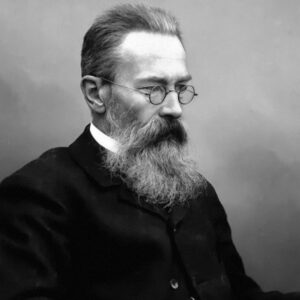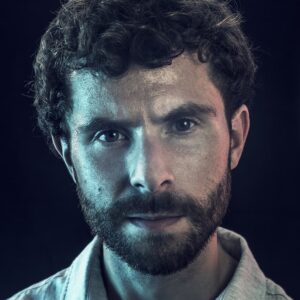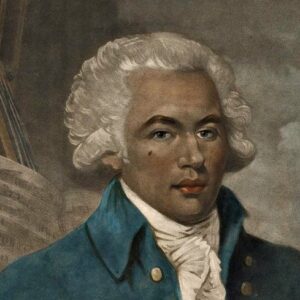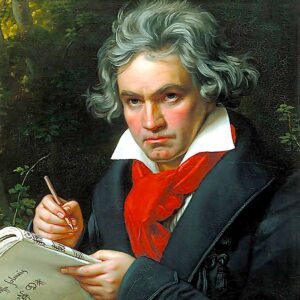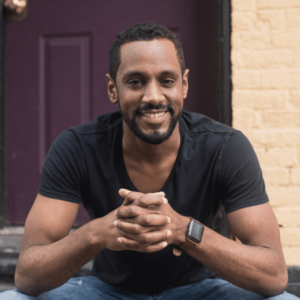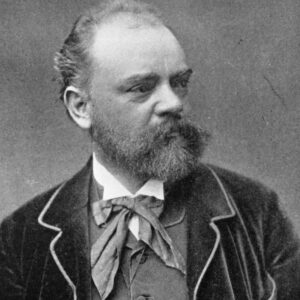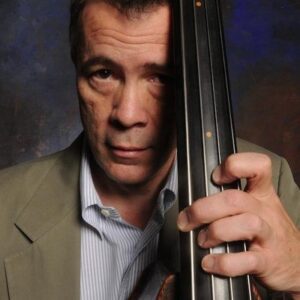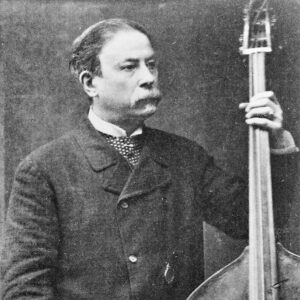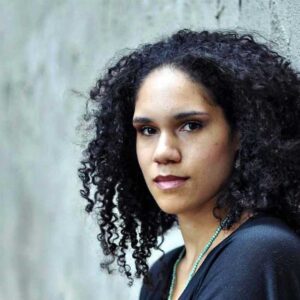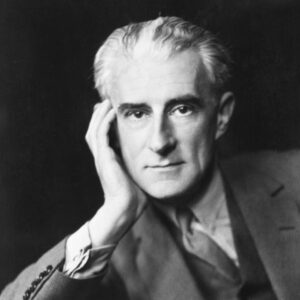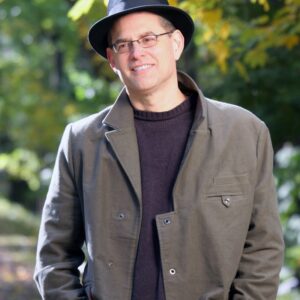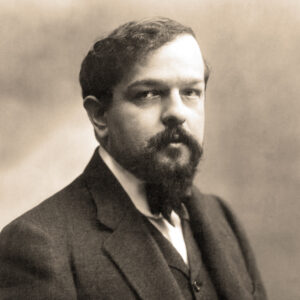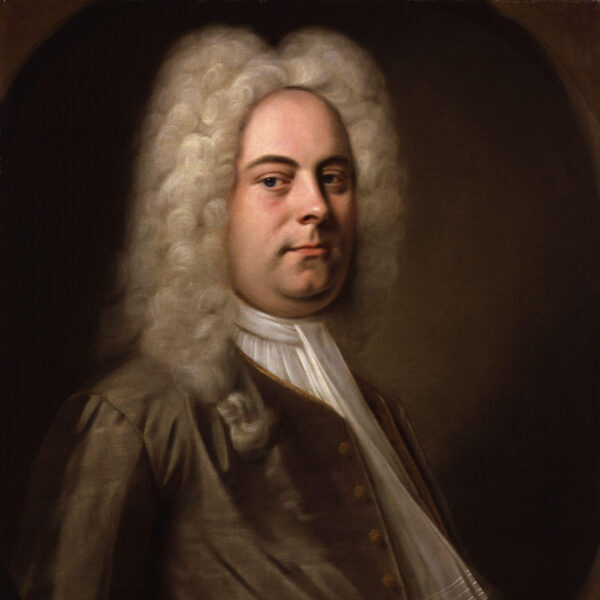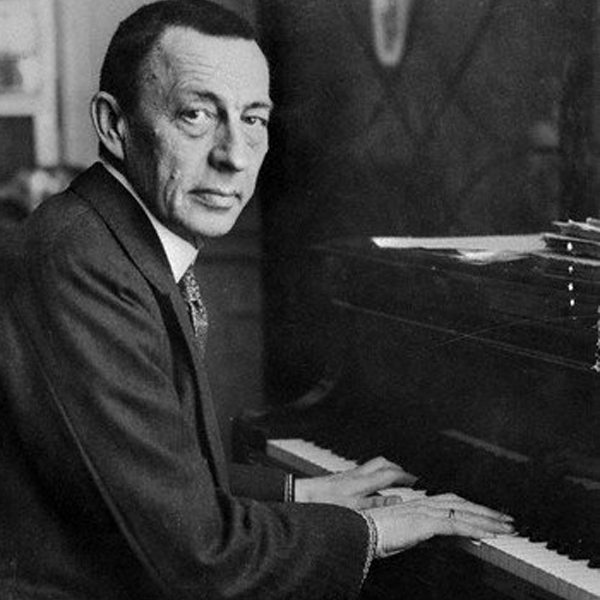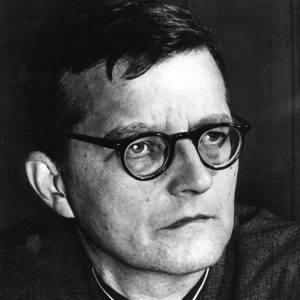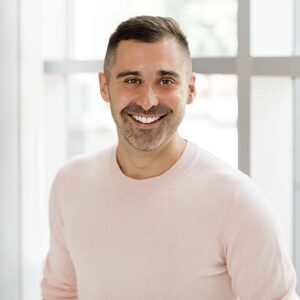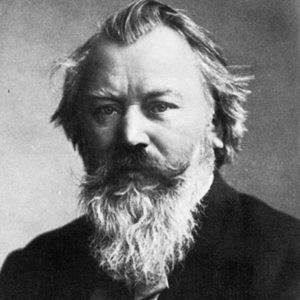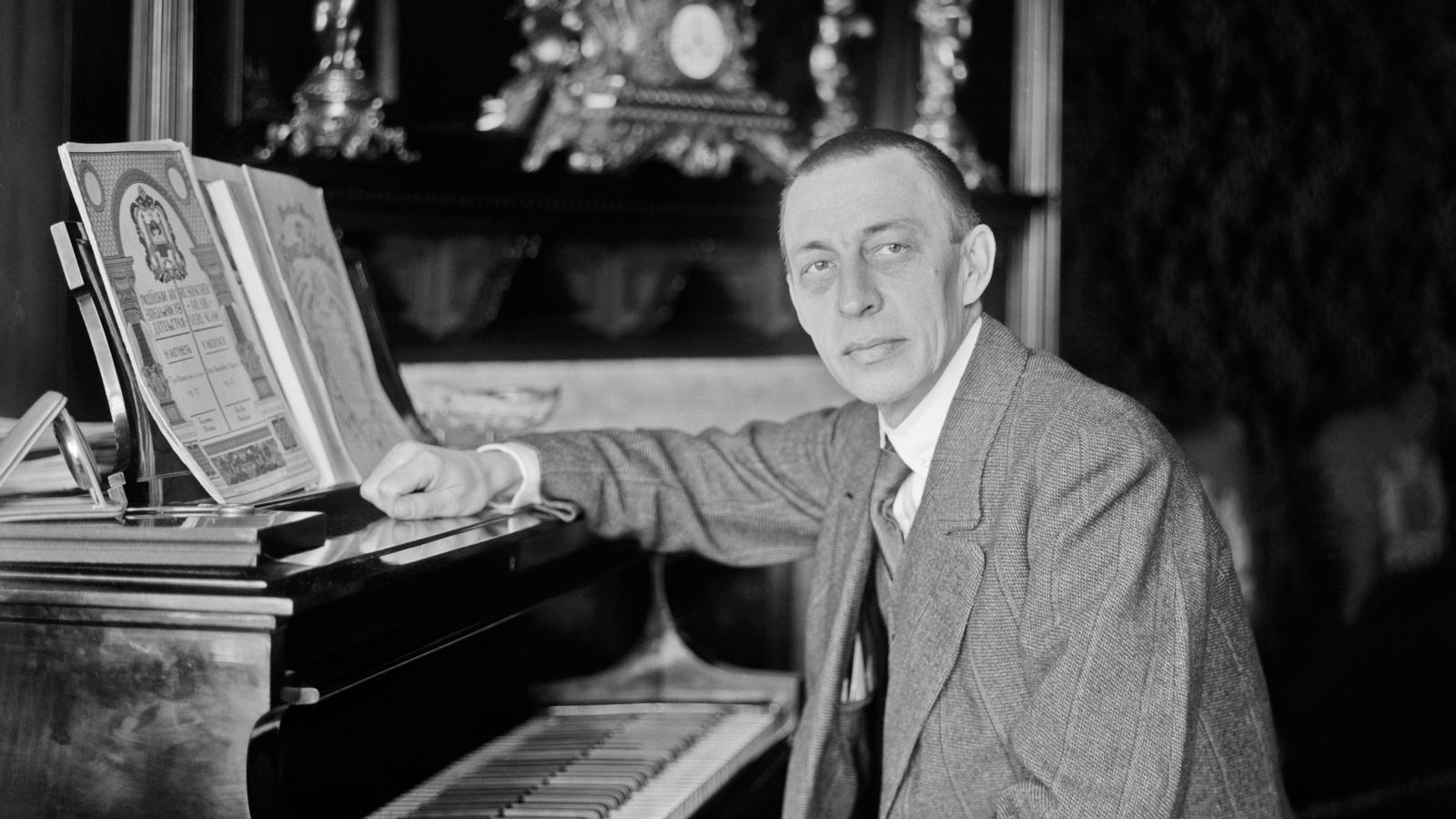
Sergei Rachmaninoff
Symphony No. 3 in A minor, Op. 44
The great Russian pianist, conductor, and composer, Serge Rachmaninoff was born in Oneg on March 20 /April 1, 1873 and died in Beverly Hills, CA, March 28, 1943. He was, in many ways, the last great representative of Russian Romantic style brought to fruition by Tchaikovsky, Rimsky-Korsakov and other Russian composers.
This in no way prevented Rachmaninoff from developing a thoroughly personal idiom, whose lyricism is enhanced by a sure grasp of form and brilliance of orchestration. The first movement of his Symphony no. 3 was composed in the summer of 1935. The remaining two movements of the work were finished by June of the next year. The entire work was given its first performance on November 6, 1936 with Leopold Stokowski conducting the Philadelphia Orchestra. The composer revised parts of it in 1938. The work is scored for 3 flutes (piccolo), 2 oboes, English horn, 2 clarinets, bass clarinet, 2 bassoons, contrabassoon, 4 horns, 3 trumpets, 3 trombones, tuba, timpani, percussion, celesta, harp, and strings.
Rachmaninoff, one of the great pianists and composers of the late-Romantic Russian tradition, had a disastrous first experience as a symphonist. His Symphony no. 1, composed in 1895, received its first performance on March 27, 1897 with Alexander Glazunov conducting, and the event was an unmitigated failure. According to Rachmaninoff’s wife, Glazunov was drunk, although it may have been that he simply did not care for the piece. Cesar Cui called it “a program symphony on the Seven [?] Plagues of Egypt,” a work that relied on “the meaningless repetition of the same short tricks.” Other critics more charitably acknowledged that the piece was badly performed. It took the composer many years to recover from the experience, and his Symphony no. 2 (1908) has proved to be one of his most successful and popular works. Nonetheless, Rachmaninoff did not return to the genre until 1935. In 1917 he left his native Russia for the last time, eventually settling in the United States and establishing his residence in Beverly Hills, CA in 1942. In the interim, Sergei and his wife Natalia, took up residence in Lucerne, Switzerland, where they built a villa they called Senar, taking the two first letters of each of their names (SErgei and NAtalia). It was here that his Symphony no. 3 began to take shape.
Overshadowed by his Symphony no. 2, Rachmaninoff’s Third Symphony certainly deserves to be programmed more frequently than it normally is. While it may lack some of the Second Symphony’s memorable tunes, it certainly contains plenty of its lyricism, couched within the composer’s considerable command of color and drama. The first movement (Lento-Allegro moderato) begins quietly with a chant-like solo for clarinet, muted horns, and a solo cello. This instrumentation sets a solemn mood that yields no sooner than it begins to a dramatic outburst of the full orchestra, followed by the woodwinds taking up the chant, accompanied by undulating violins. Of special interest is a melody introduced by the cello section and taken up by other instruments of the orchestra. When all is said and done, it is this strain that lingers in our memories as the movement comes to a gentle conclusion.
Program Note by David B. Levy, © 2022

